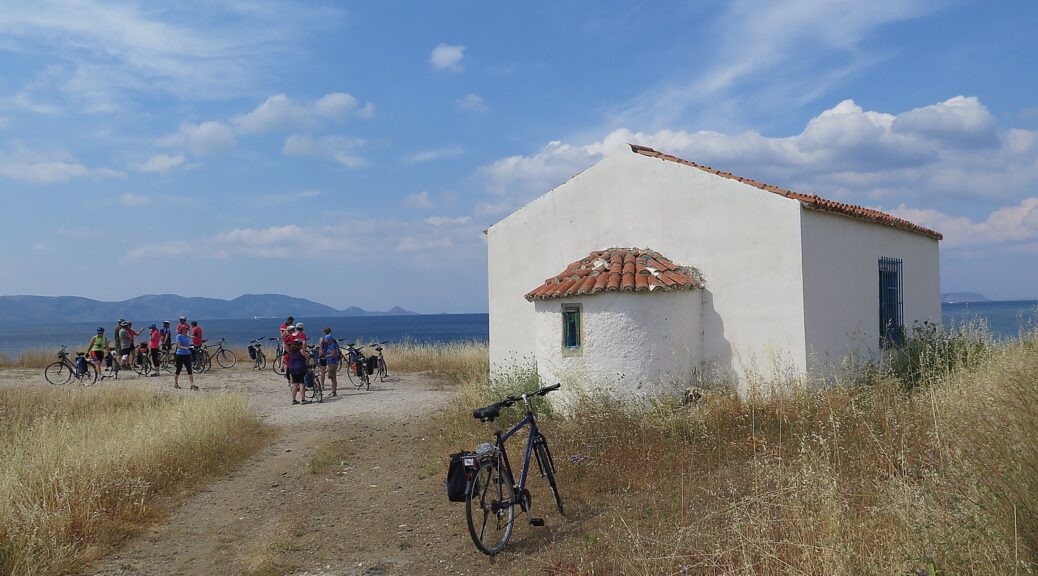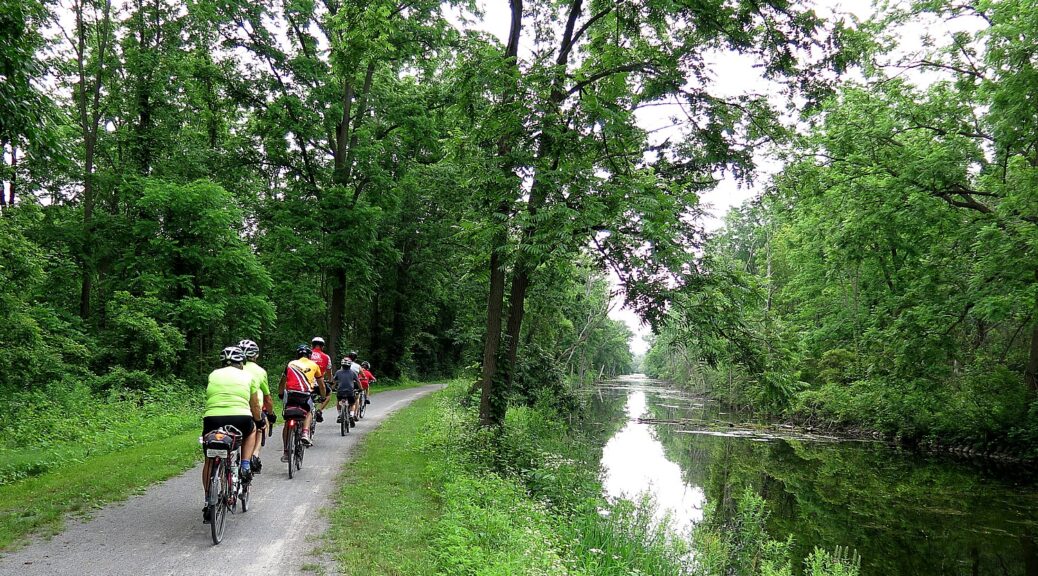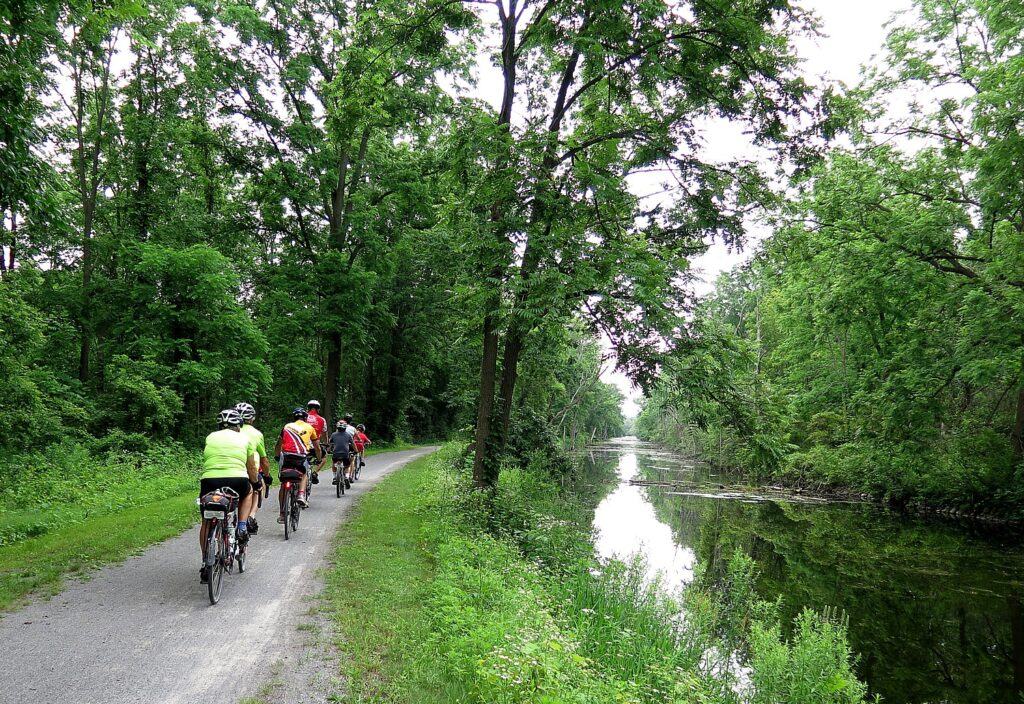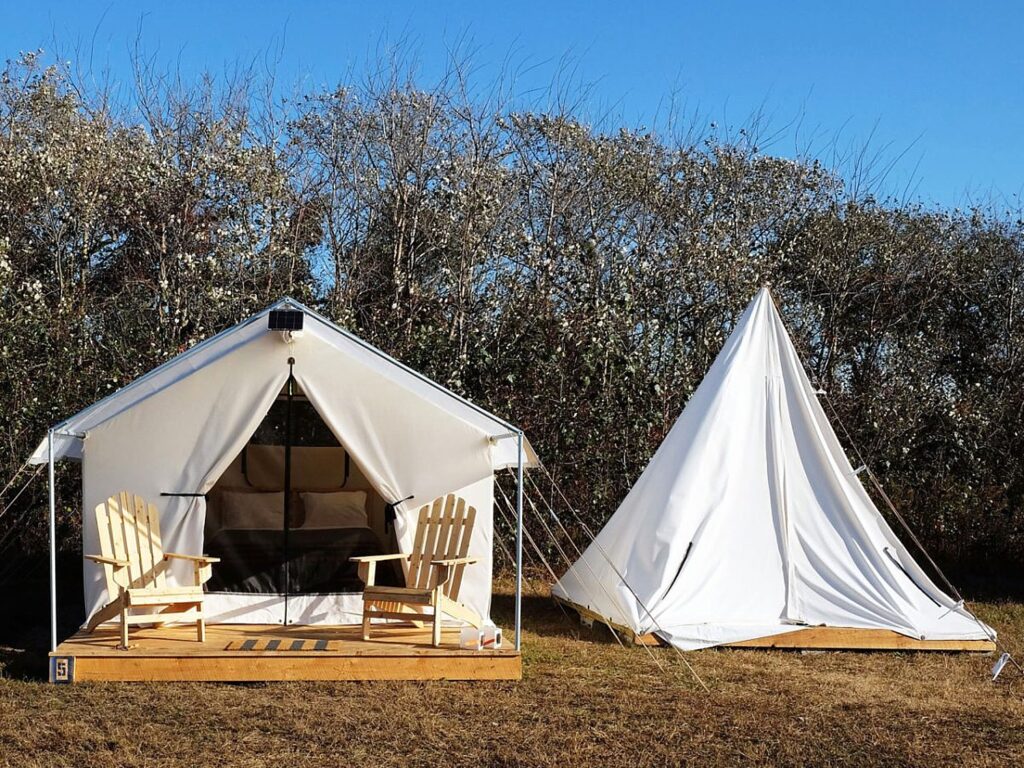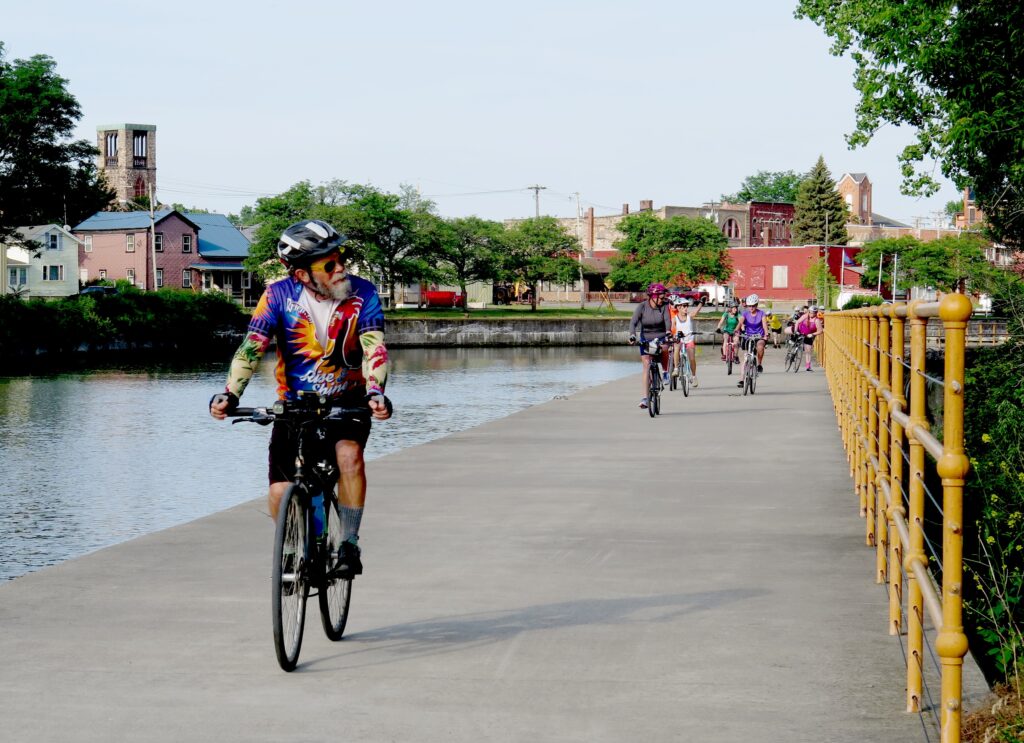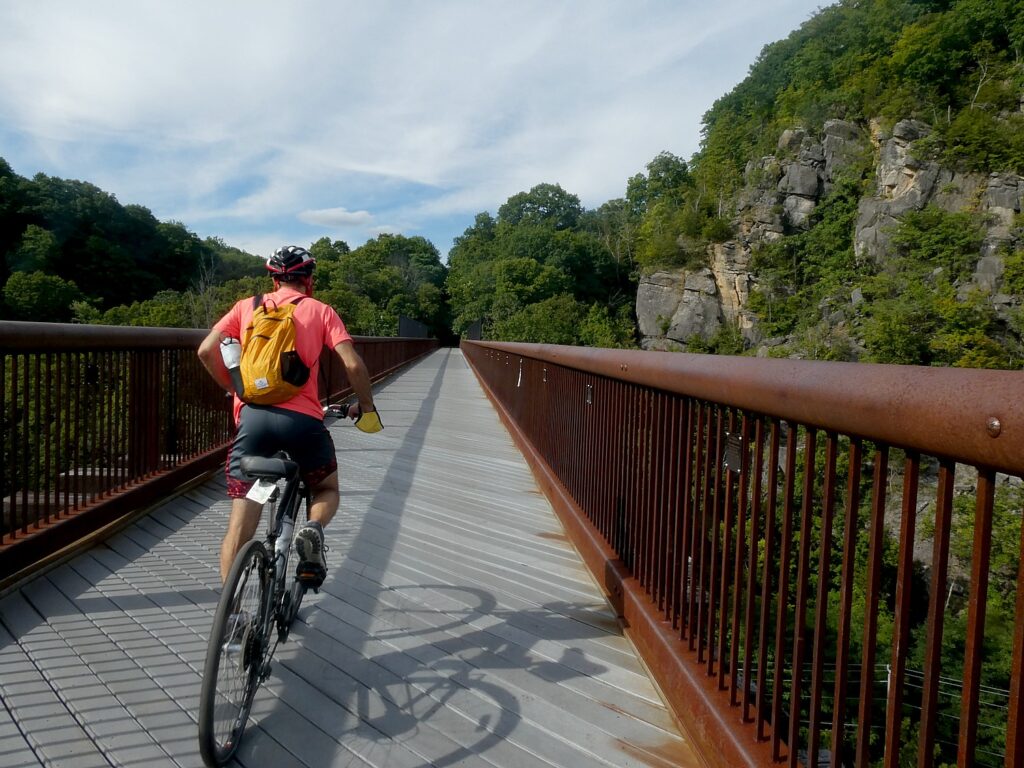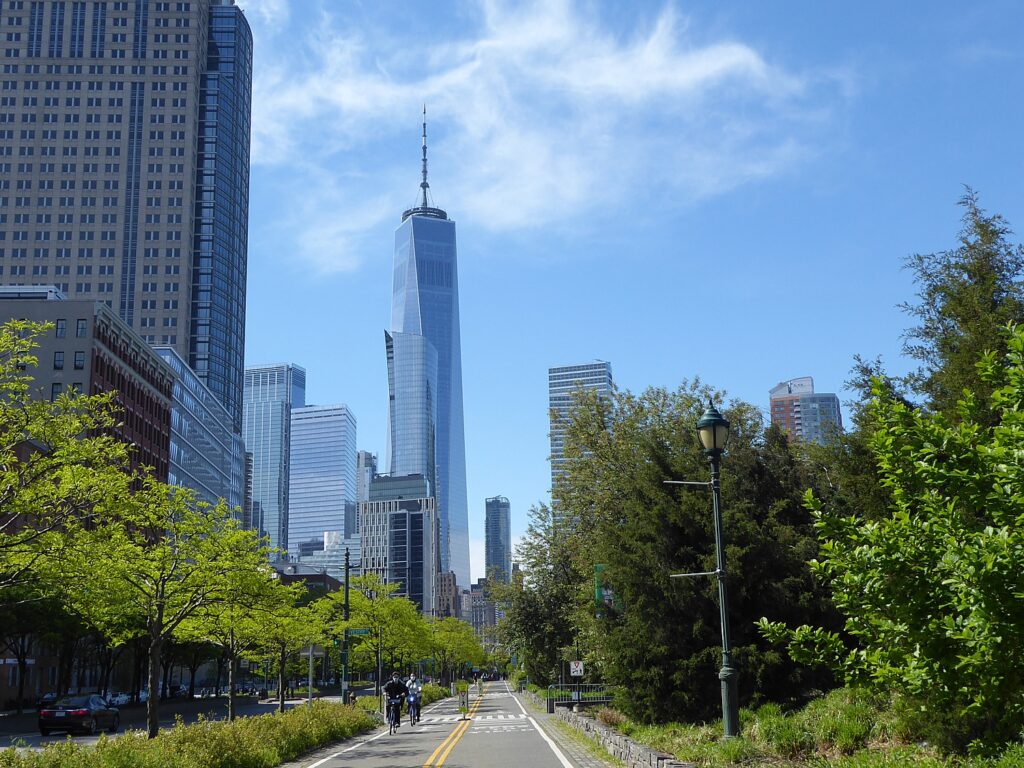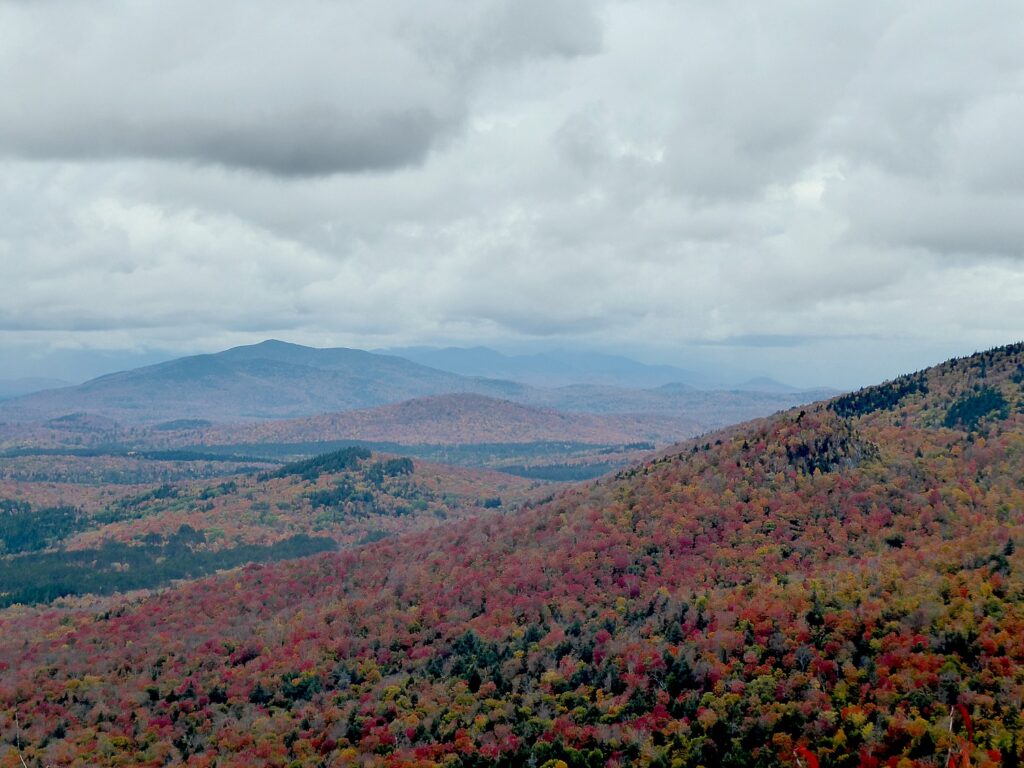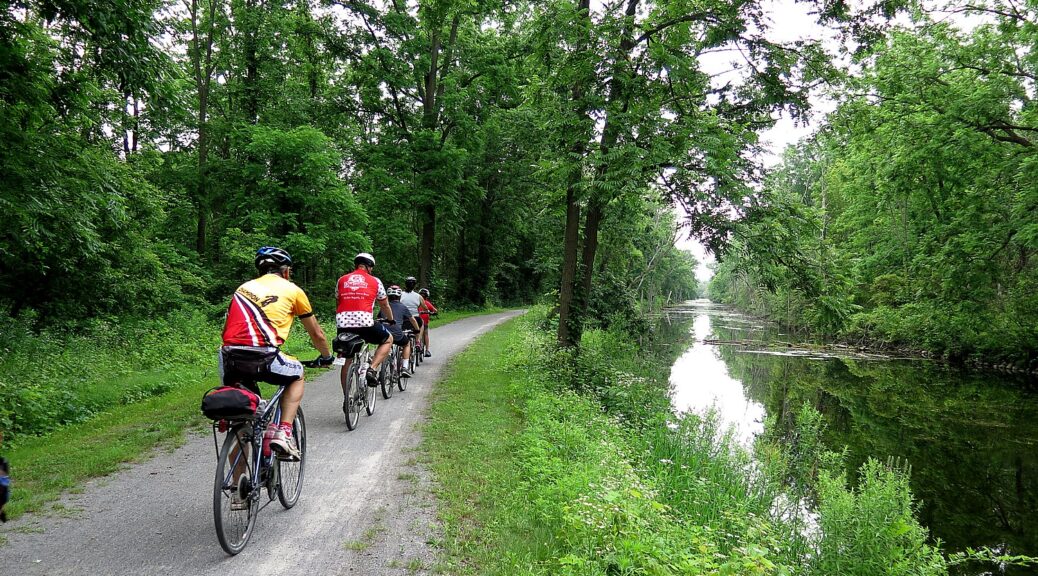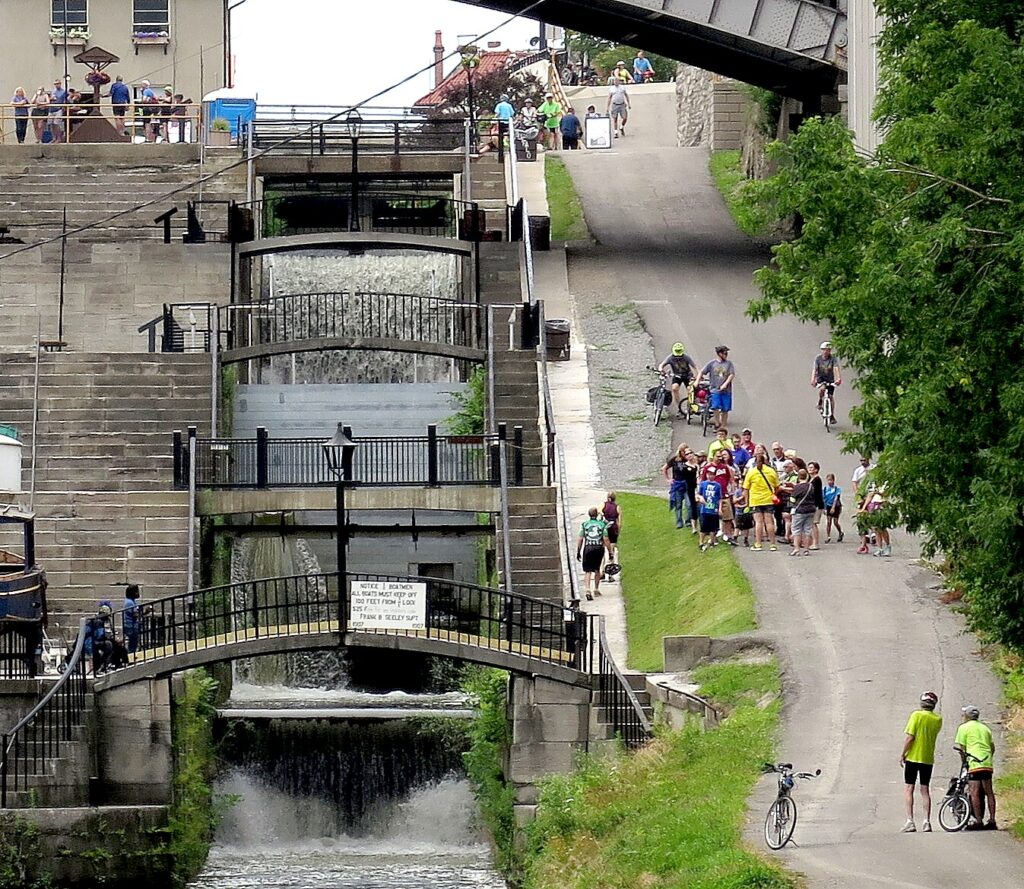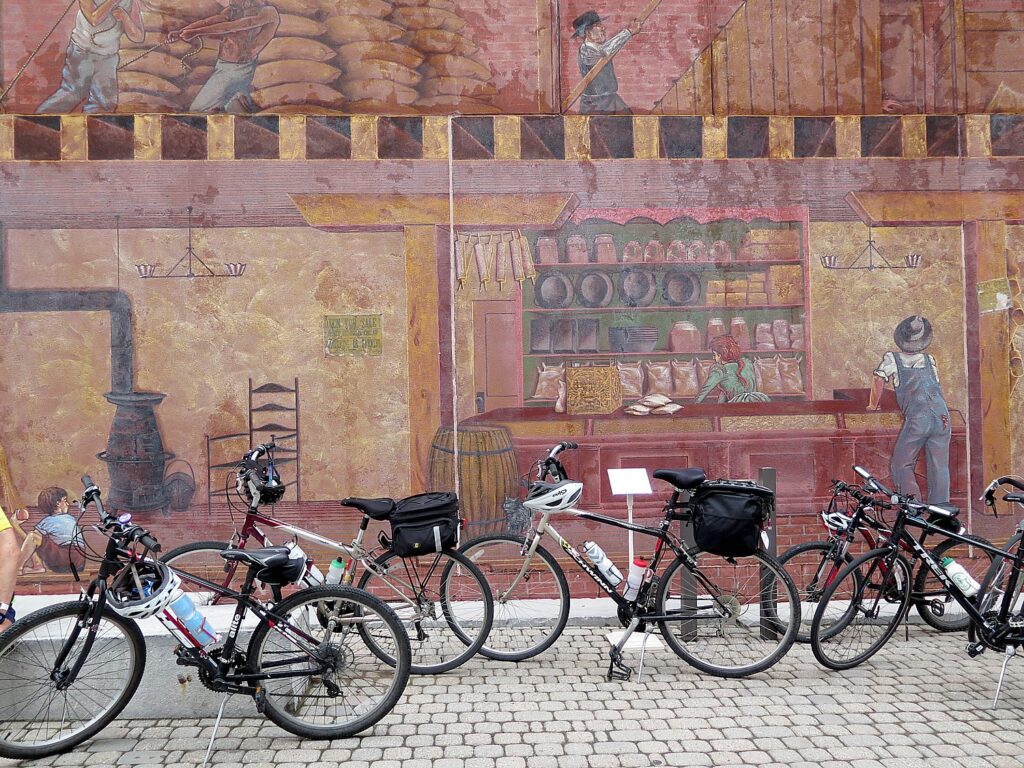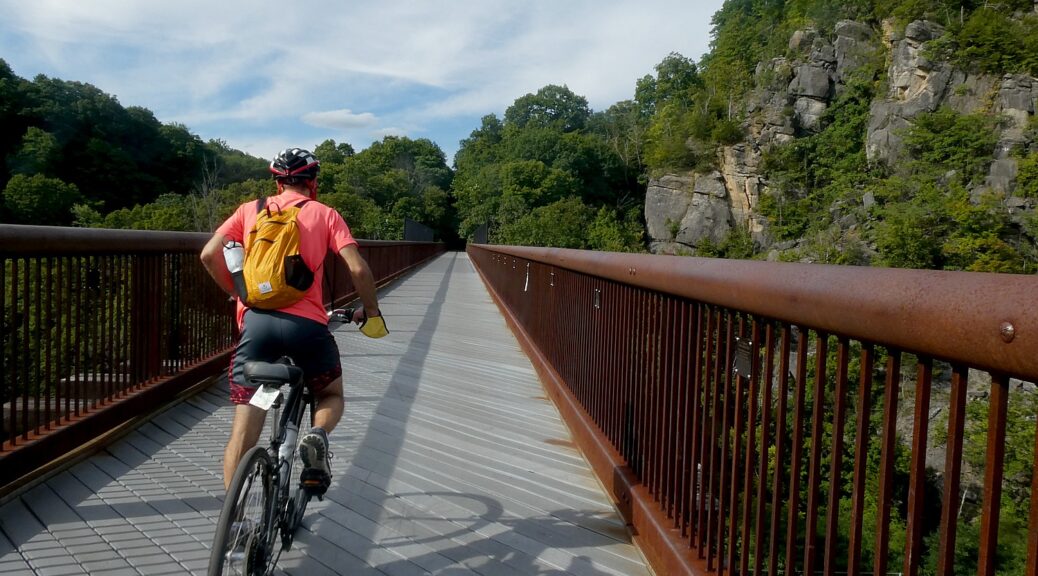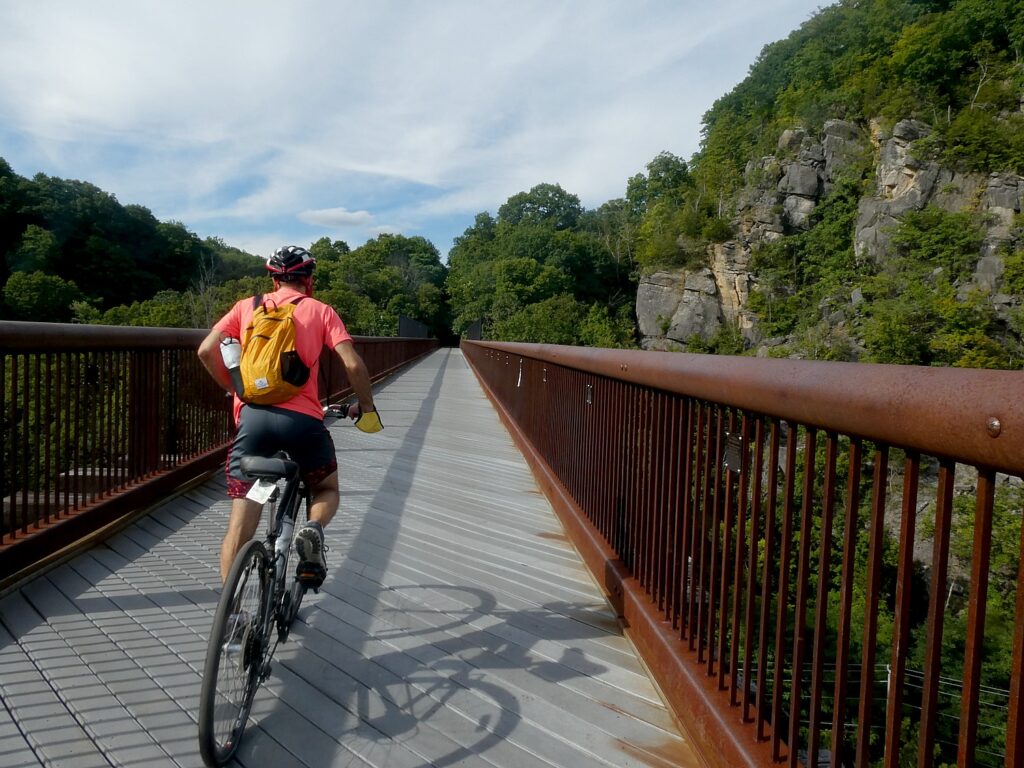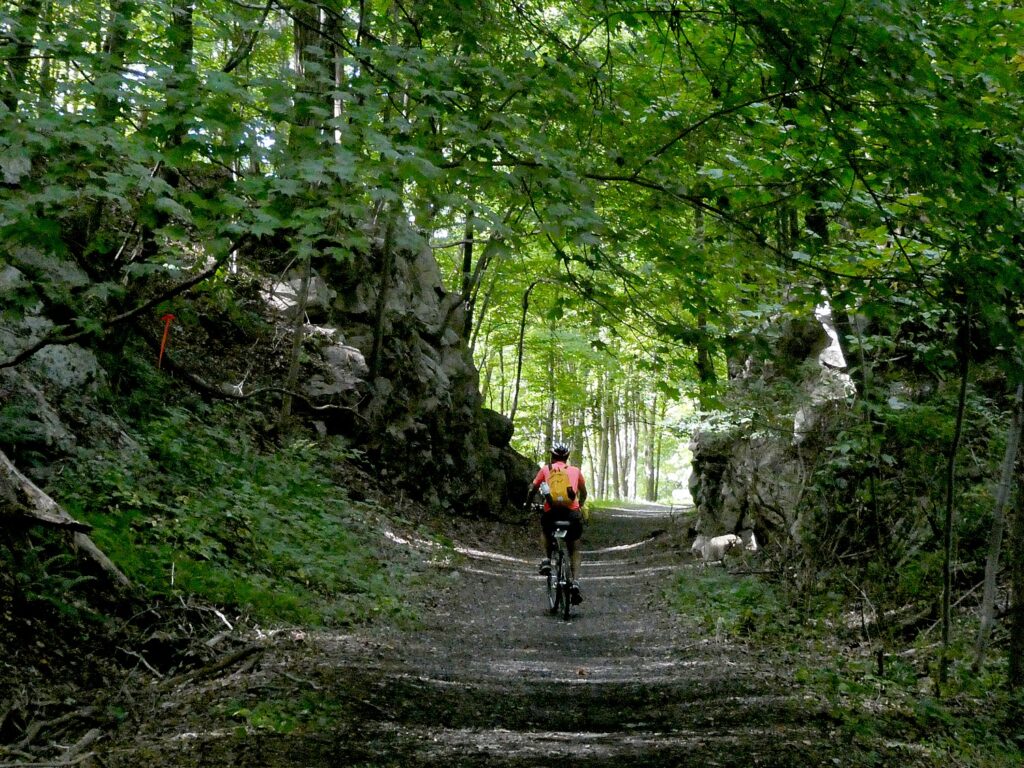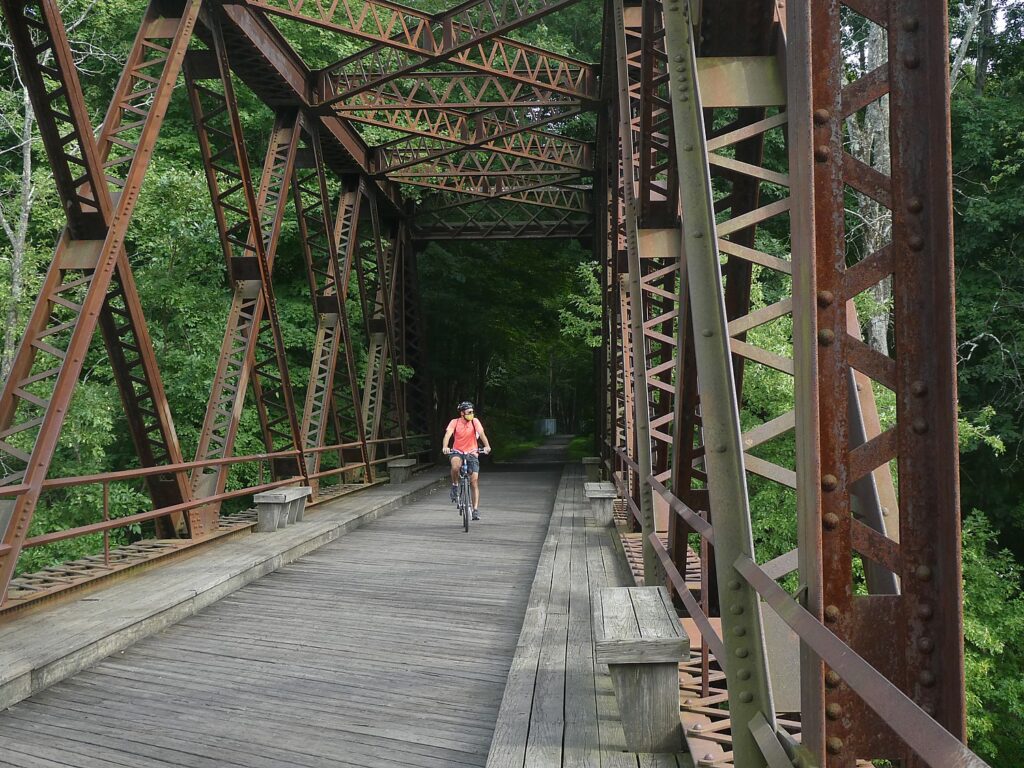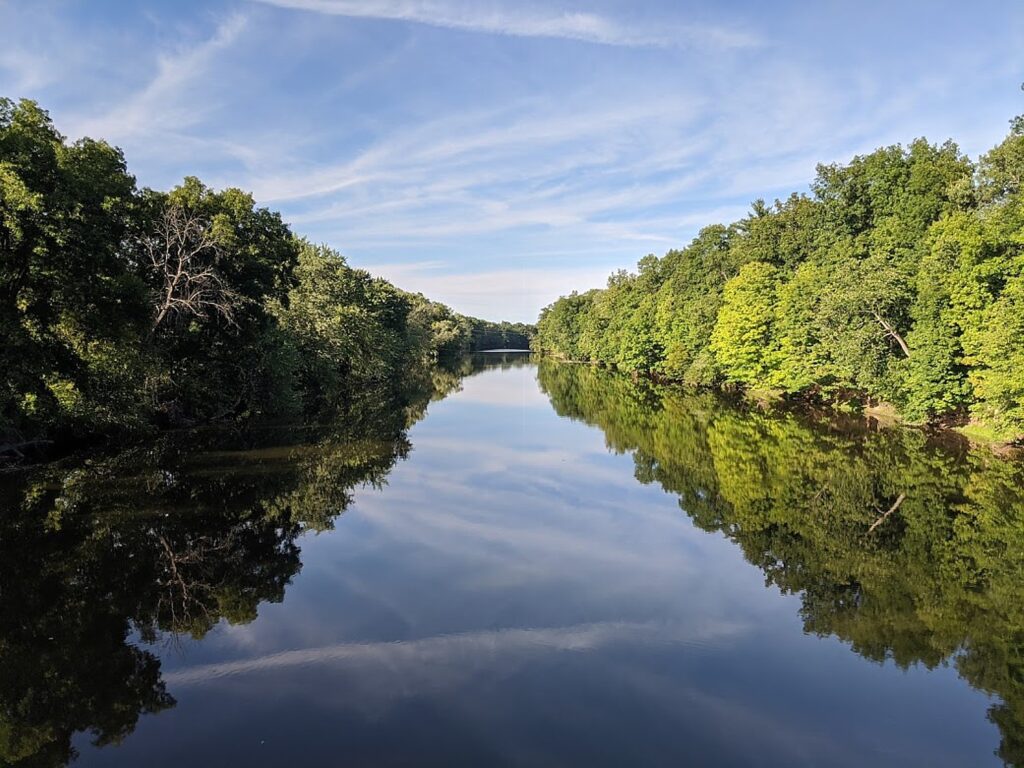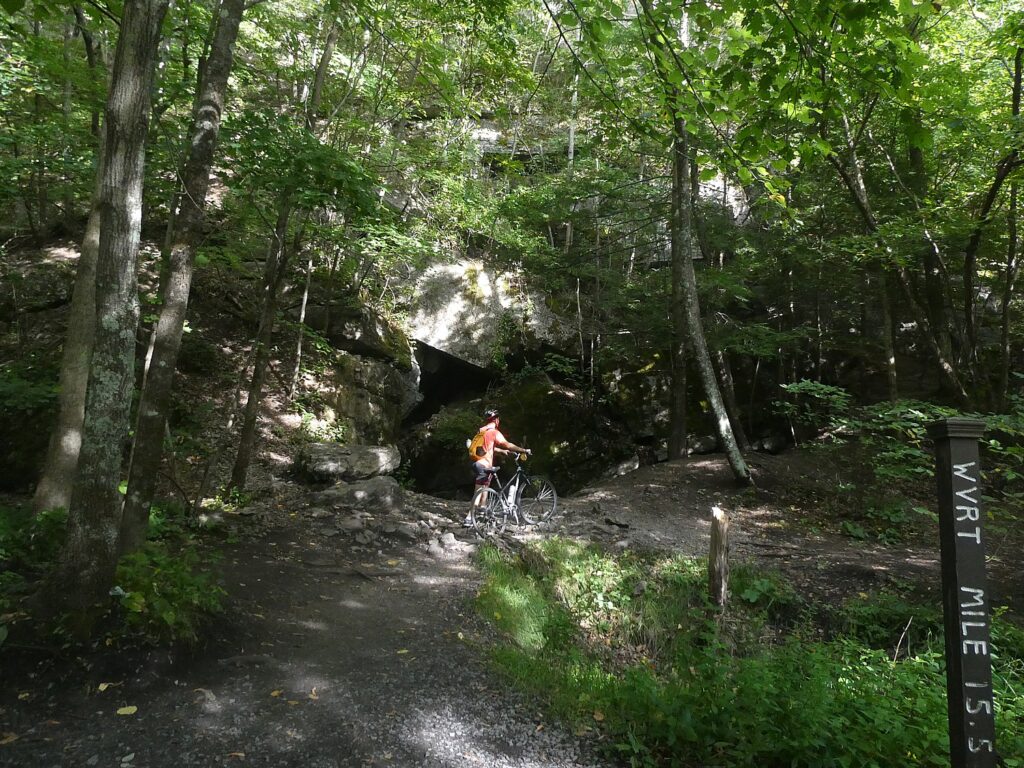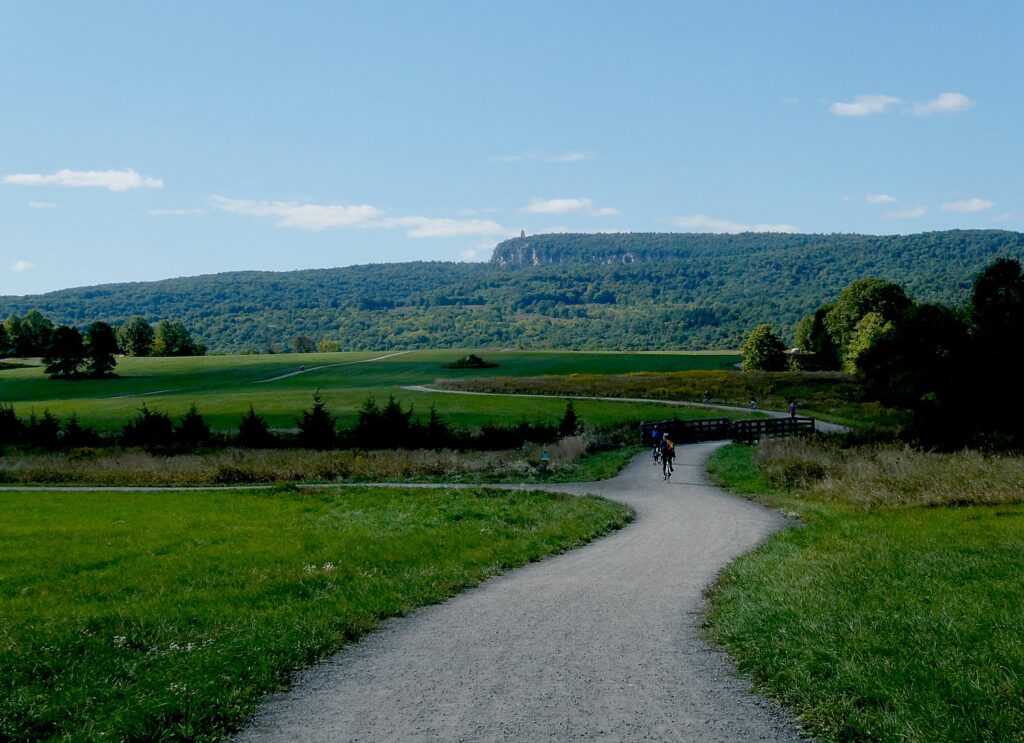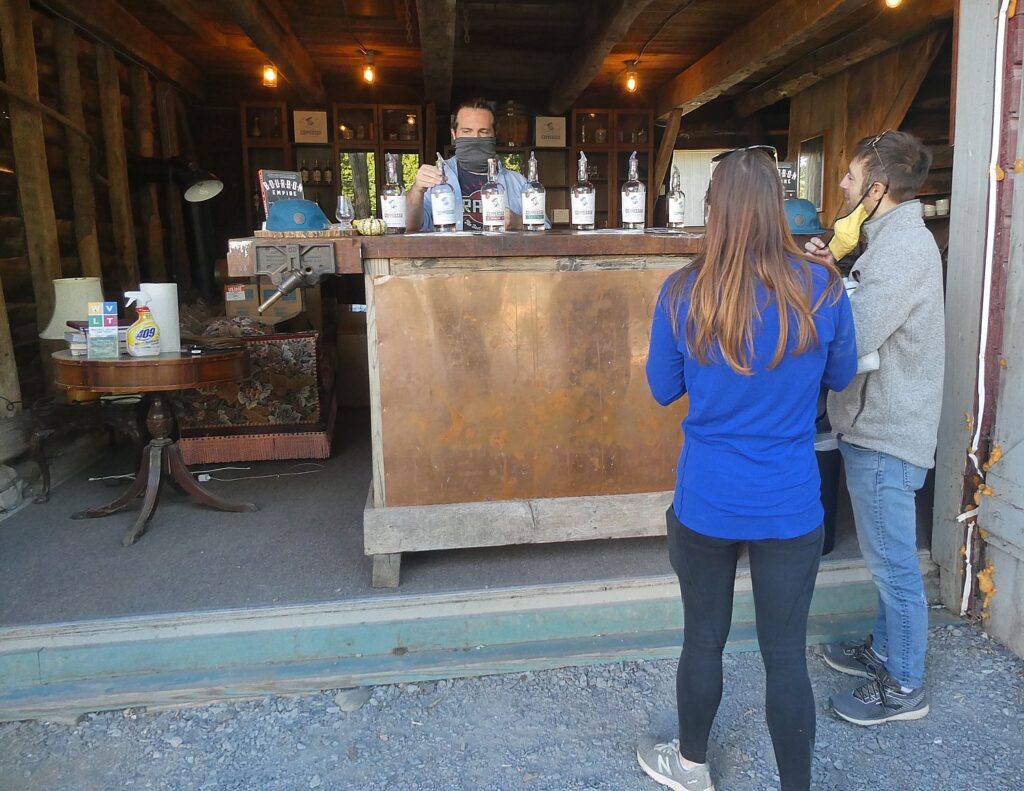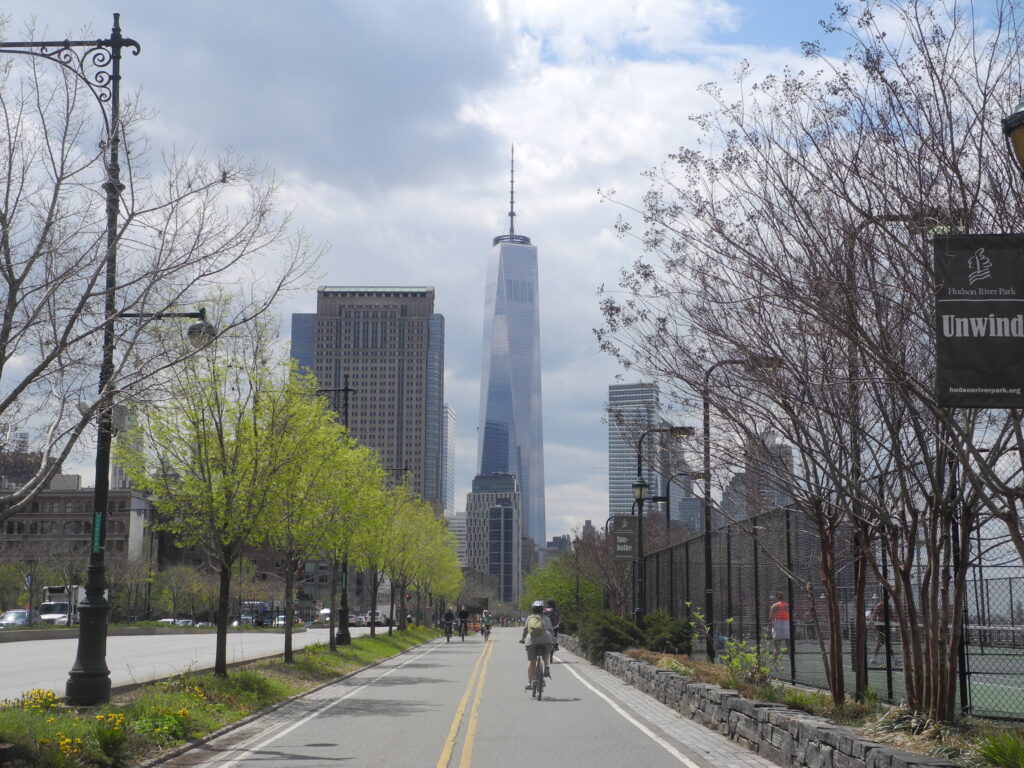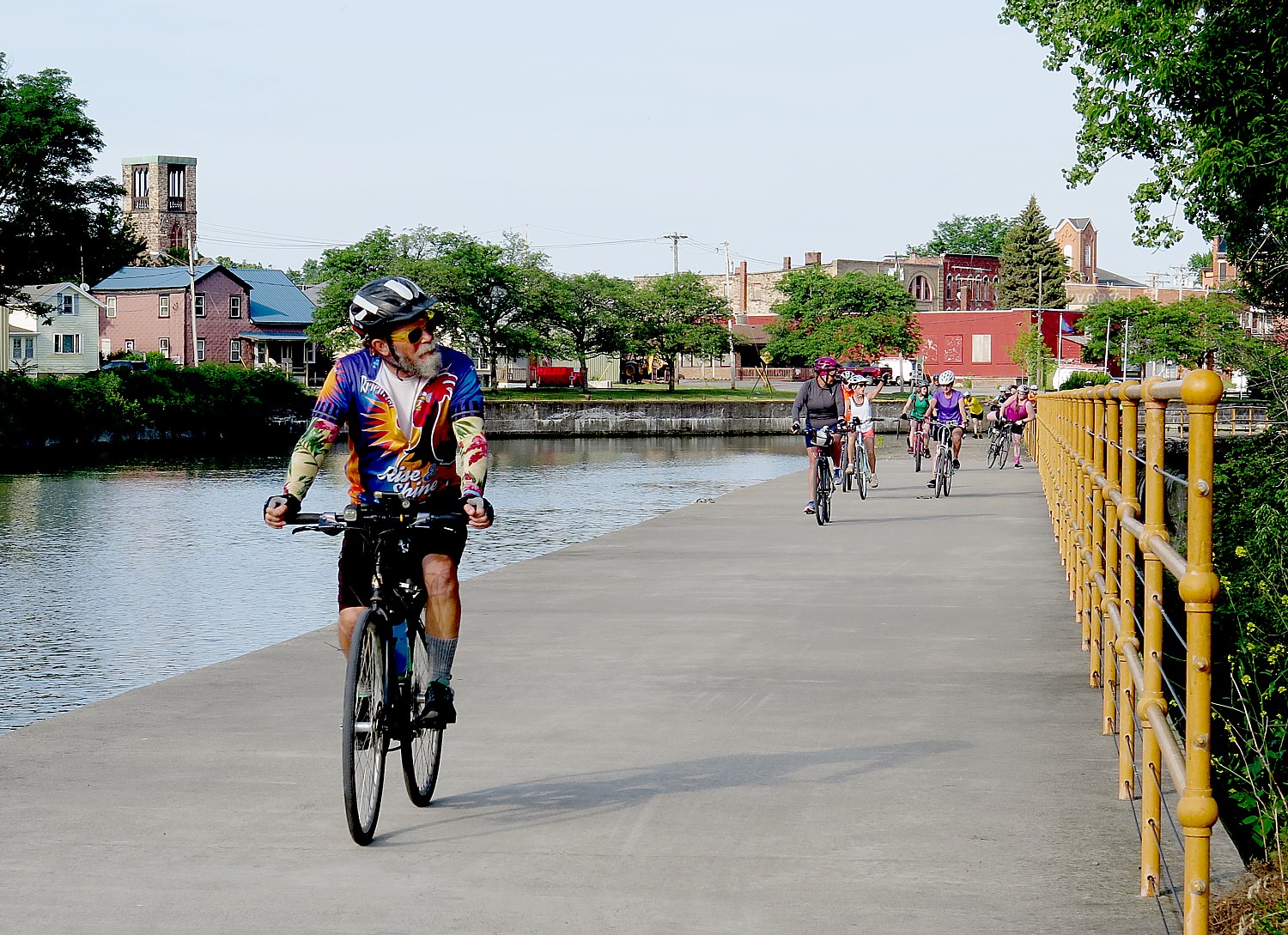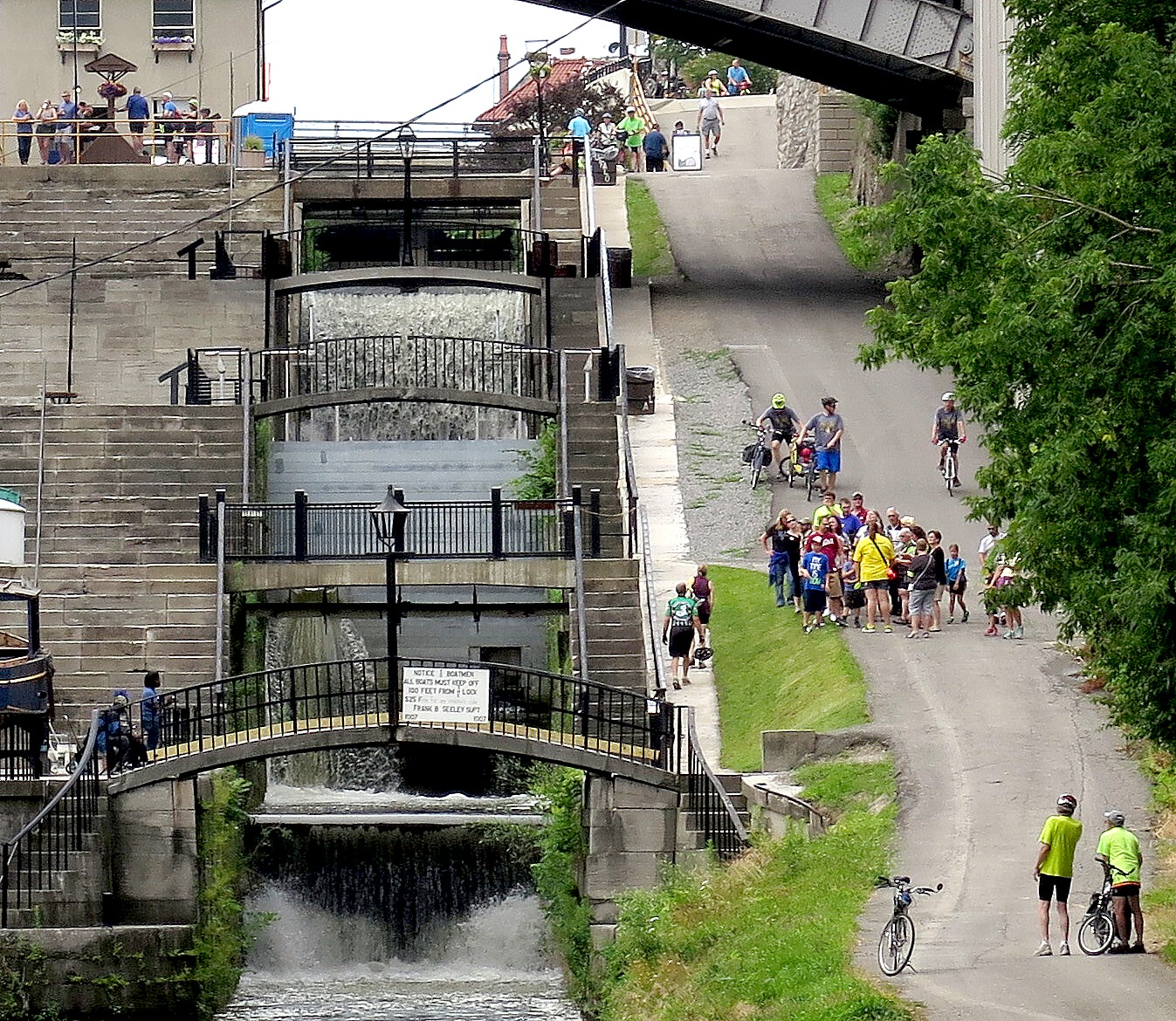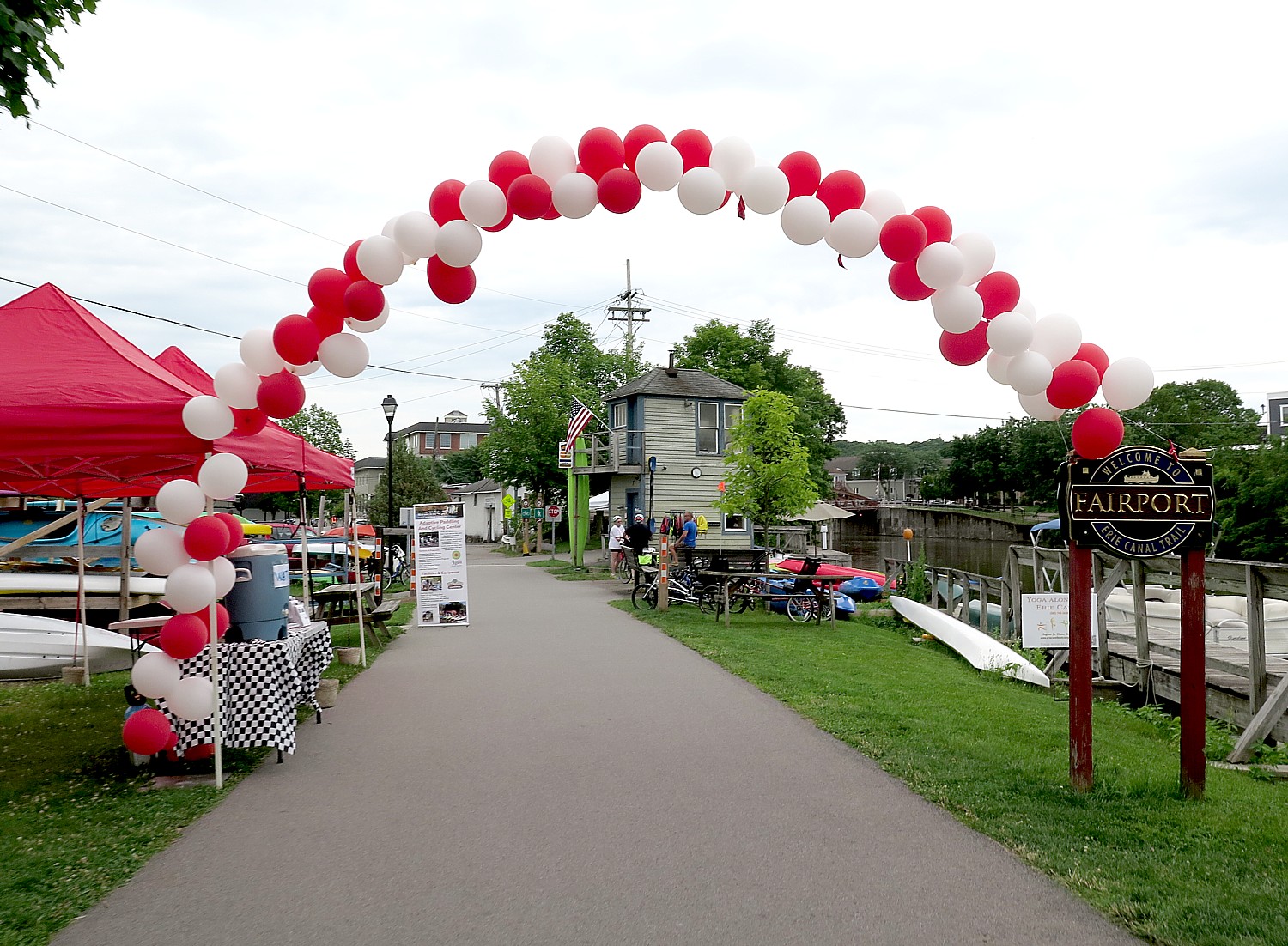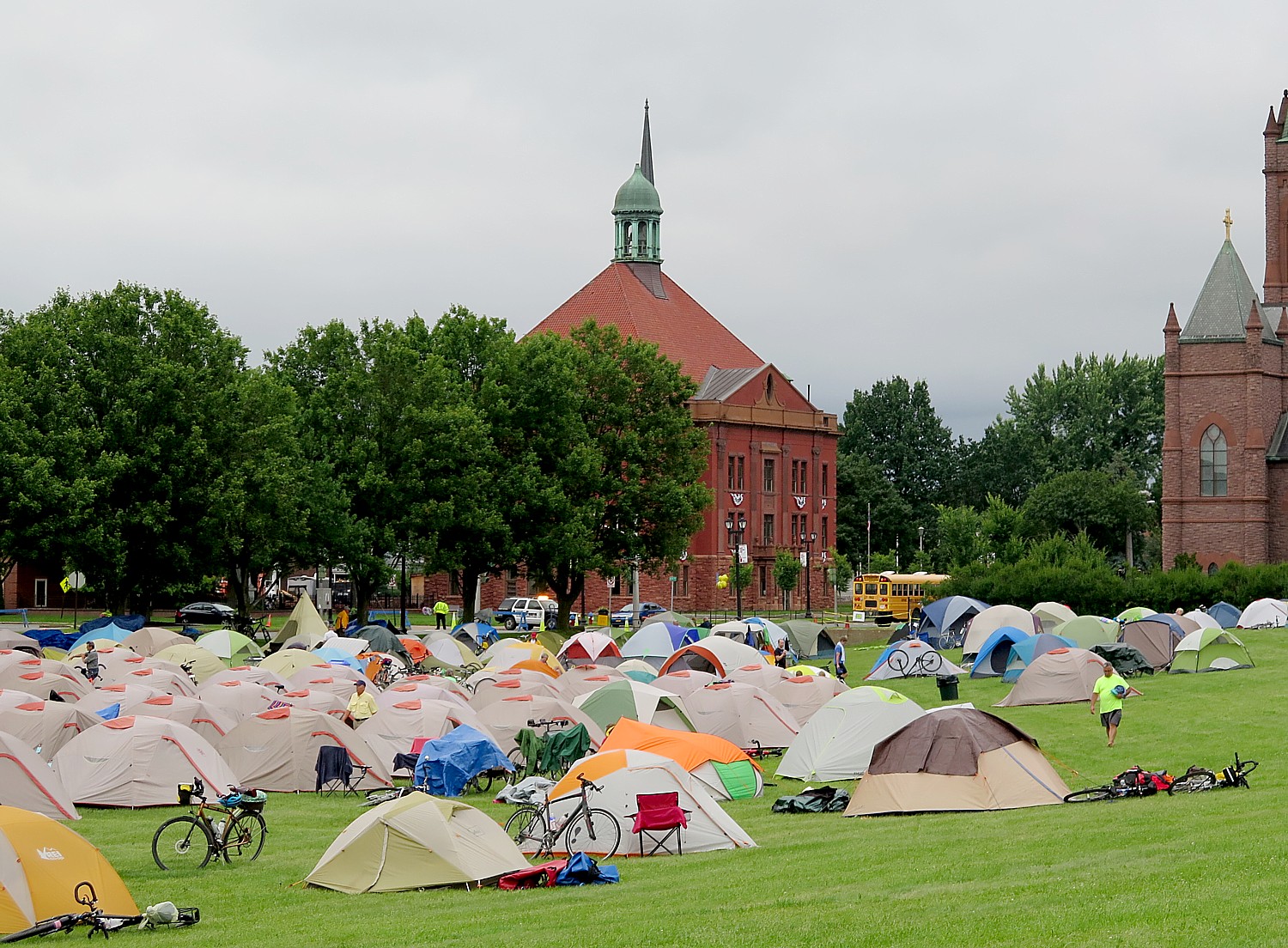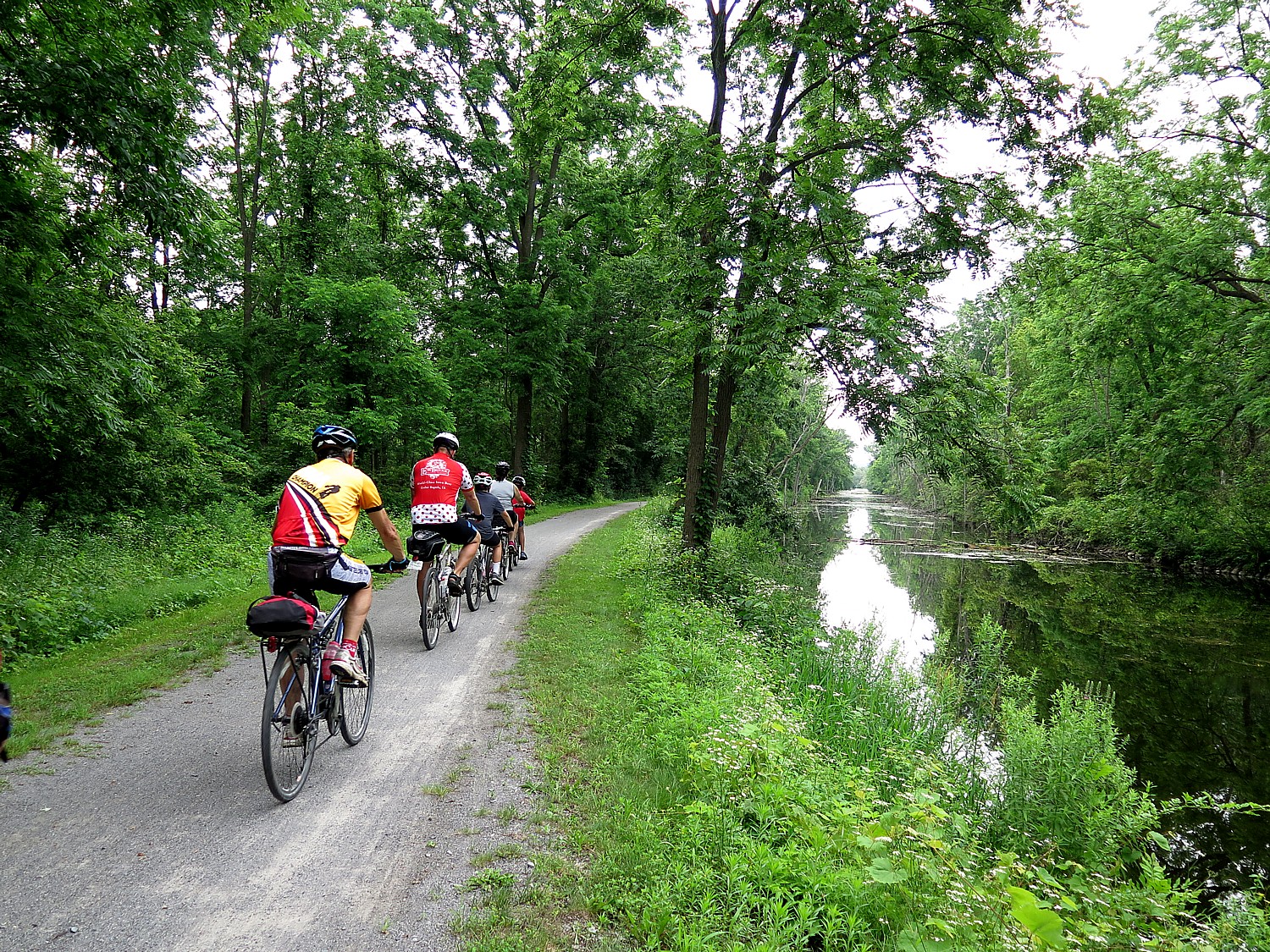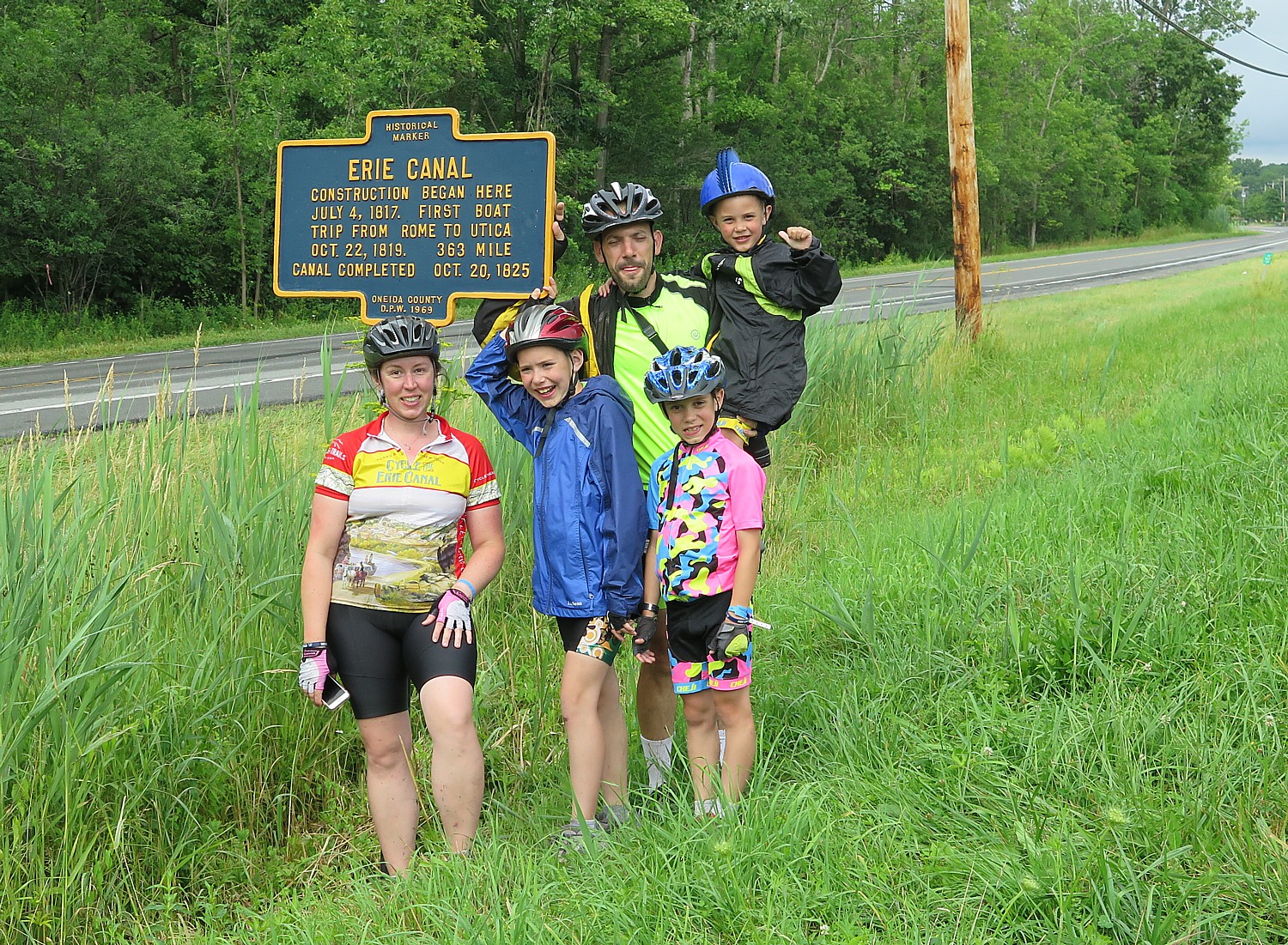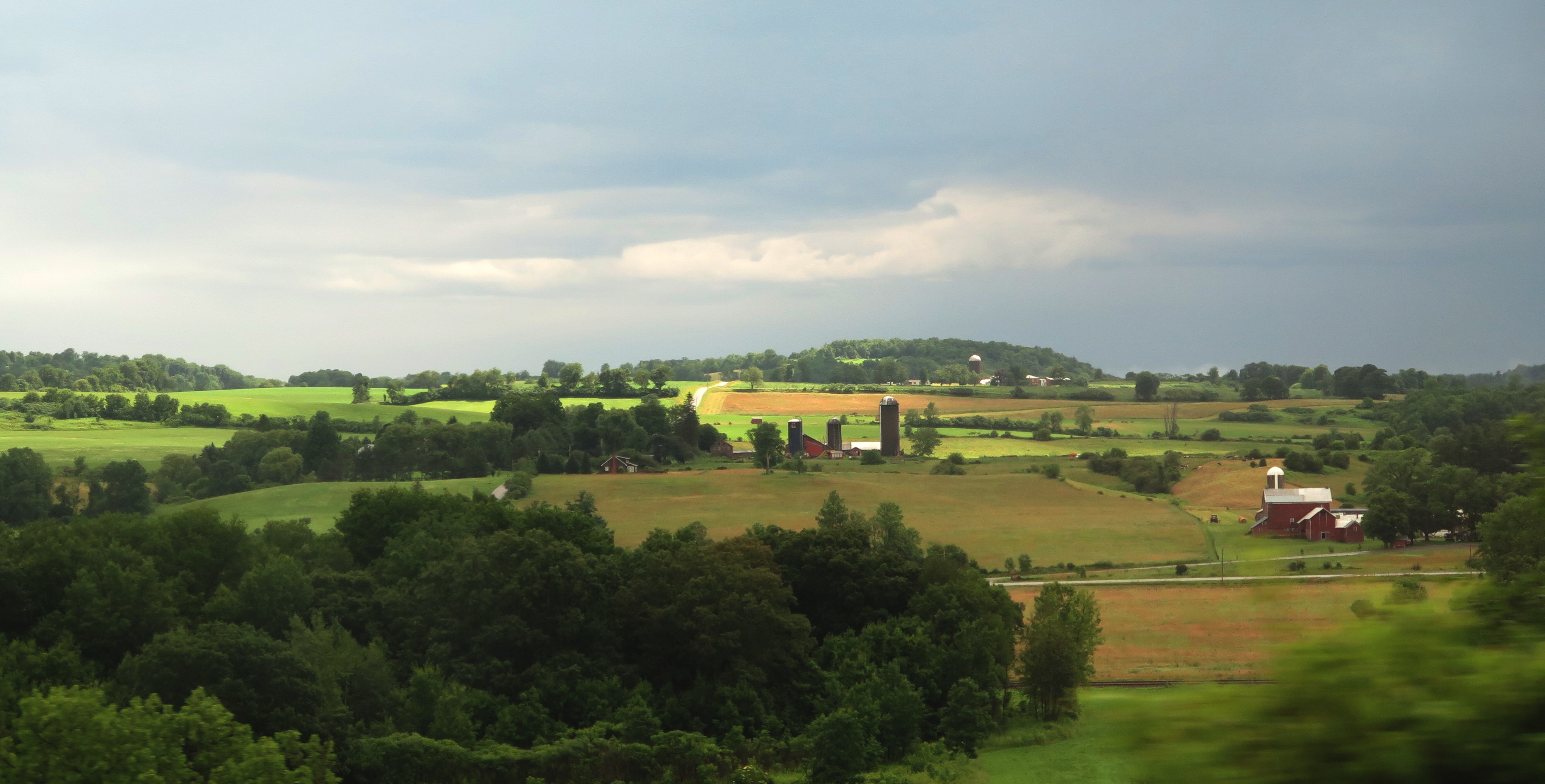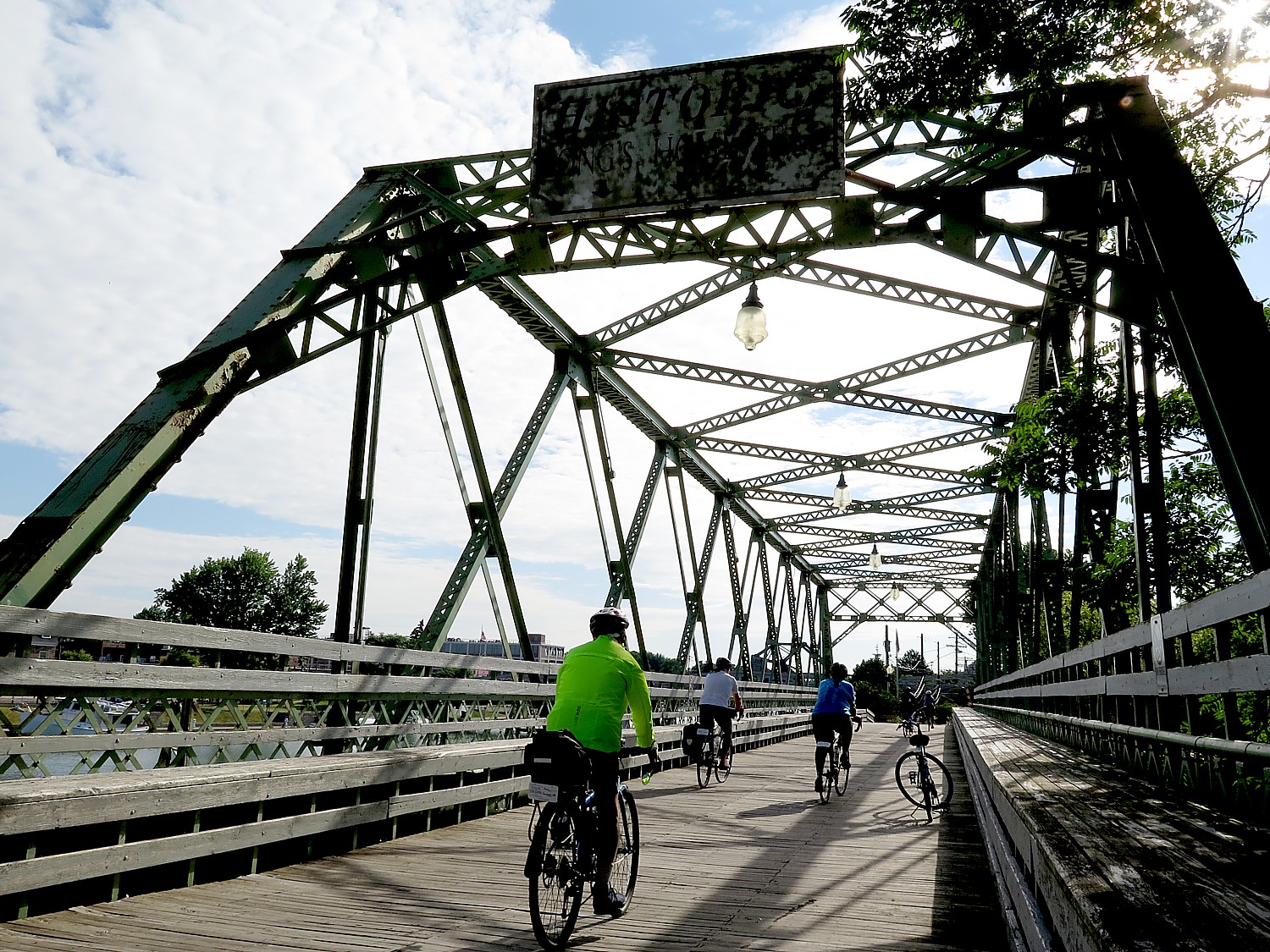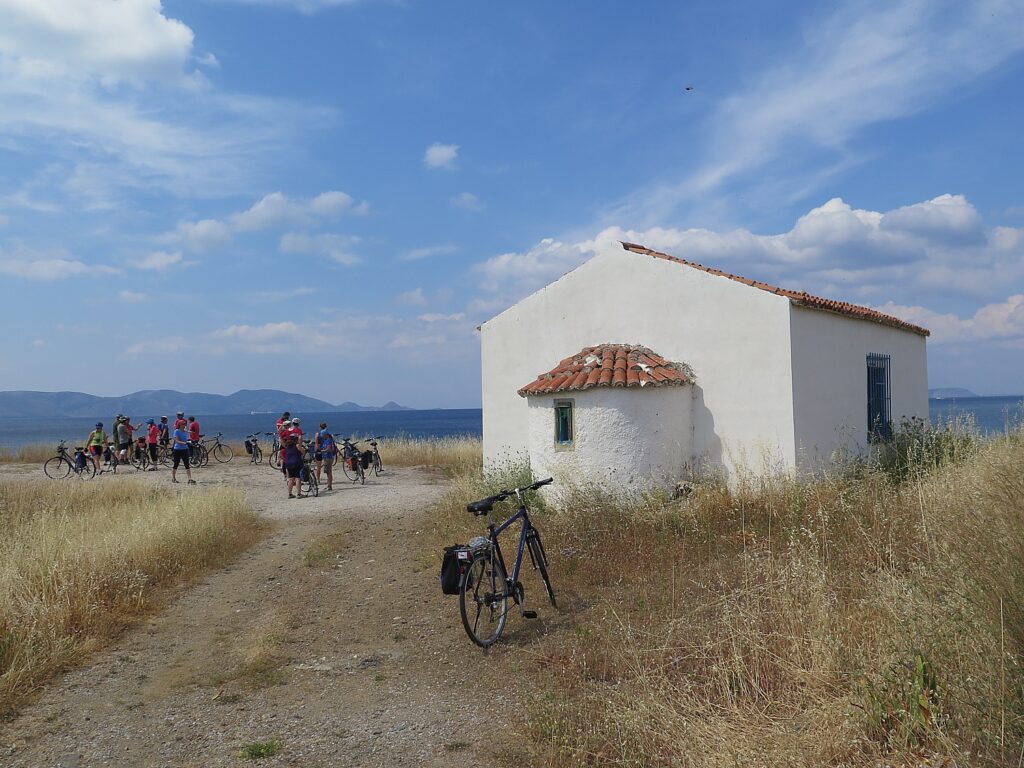
By Karen Rubin, Travel Features Syndicate, goingplacesfarandnear.com
Celebrate Trails Day on April 23 follows immediately after Earth Day for a good reason – biking fulfills the best attributes of sustainable, responsible travel while minimizing the adverse impacts of tourism. Biking lets travelers, adventurers, explorers experience places far and near with the least carbon impact of going place to place; taking the slow-road so you can really connect to local communities you would never see otherwise and spending your tourism dollars with the people who need it most; you can stop and get off to interact with people, take a photo, travel at a pace and a perspective – sitting in a saddle without the wall of windows – to really see, focus, smell the roses, and yet have an ever changing view to see, with the excitement and intrigue of new experiences that might be around the next bend.
And then there’s that endorphin thing that happens as you pedal and take in the fresh air that revs the brain and fills you with good feelings. And biking also affords a way to be in community but socially distanced and in open, uncrowded spaces.
Tour operators are responding to the desire to explore by bicycle with new itineraries, near and far: such as close-to-home (reachable by car) programs that take advantage of New York State’s new 750-mile Empire State Trail (you can ride north-south from the tip of Manhattan to the Canadian border and west-east from Buffalo to Albany), or for a close-to-home foreign experience, biking in Quebec, as well as to trips to exotic locales – like New Zealand, Vietnam, Chile. Or how about Albania, Bulgaria or Transylvania?
More offerings that combine boat and bike make the trip even more convenient (you only unpack once) and add a special element of plying waterways by a small river boat, canal boat or barge, or go from island to island. And many offer an e-bike option, opening a whole new dimension for exploration on two-wheels, especially for people who are concerned about physical abilities.
Here are examples of what’s being offered:
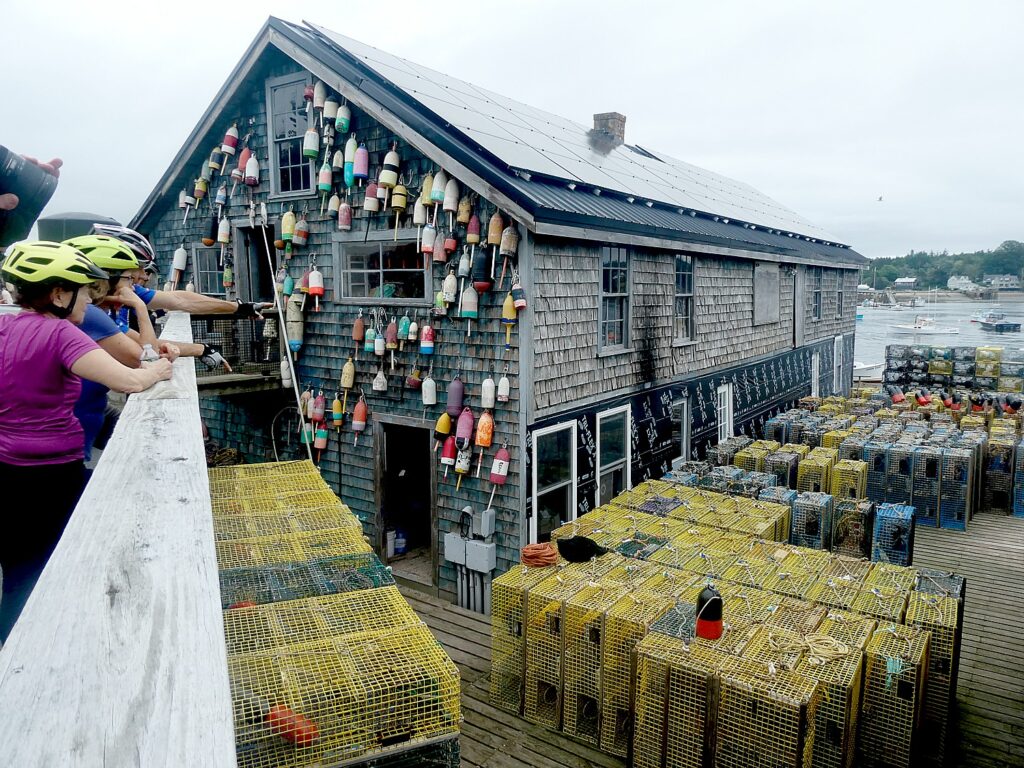
Discovery Bicycle Tours has an amazing array of itineraries in the United States (including new itineraries on the NYS Empire Trail), Canada, Europe, Chile, New Zealand and Vietnam. What I love best (I biked with them last summer on the Maine Coast/Acadia national park, and before that Vermont) is that the programs are really geared for a vacation, the guides there to make your experience purely enjoyable. There are all these extras, as well. A new itinerary on New York’s Empire State Trail; an itinerary on the Erie Canal Trail and New York’s scenic lakes, canal path from the Buffalo area with added scenic riding along Lake Ontario to the Finger Lakes on six-day Erie Canal & NY Lakes tour; a new 3-day Hudson Valley Weekend tour (bike car-free paths & quiet roads, dine at the famous Culinary Institute of America and visit a family-owned winery; a gentle six-day Lake Champlain Islands bike tour with beautiful views of the Green Mountains and Adirondacks; and a challenging six-day biking/camping Green Mountain Gravel Adventure on gorgeous Vermont dirt roads and trails and experience famous Vermont craft breweries and swimming holes.
Nearby but exotic: a six-day tour of the Quebec Eastern Townships known for their beauty, their villages and their wineries.
Among Discovery Bicycle’s international itineraries is a new six-day in England, Cotswolds & Stonehenge Bike Tour and a Moselle River Bike & Barge tour. From close to home to far, far away, Discovery is introducing an 11-day New Zealand Trails tour to experience New Zealand’s unmatched scenery, riding car-free rail-trails and quiet bikeways along deep blue lakes amid soaring ice-covered peaks, through rolling grasslands and hidden valleys (Nov., Jan., Feb.)
(Discovery Bicycle, 800-257-2226, [email protected], discoverybicycletours.com)
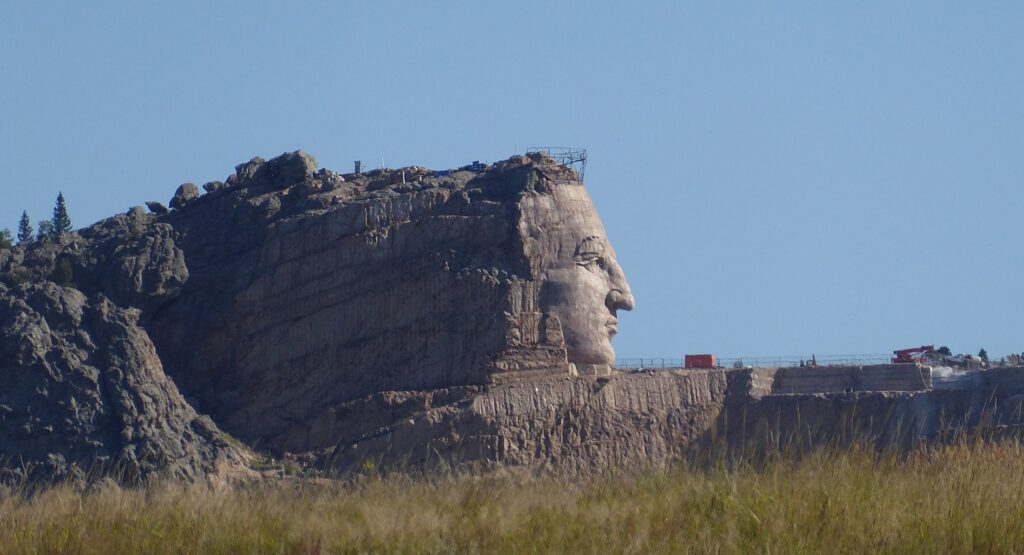
Wilderness Voyageurs, starting out from its home base in Ohiopyle, PA, has spread throughout the US. We’ve traveled with them on their South Dakota “Badlands & Black Hills” tour and on rides along the Great Allegheny Passage with Rails to Trails Conservancy.
Wilderness Voyageurs’ 4-day Chesapeake Bay Bike Tour takes advantage of the easy elevation gain for a charming journey along the Maryland coastline. Cycle through farms, woodlands and see bald eagles and endangered species in the Blackwater National Wildlife Preserve. Enjoy seafood feasts, ferry rides, and century-old architecture.
Wilderness Voyageurs is also featuring a specially designed five-day Type 1 Diabetes Ride on the Great Allegheny Passage (July 24)., biking, hiking, visiting Fallingwater, with Dr. Jody Stanislaw, a naturopathic doctor and a Type 1 diabetic, who will be guiding each day with tips on the balance between insulin, exercise, and diet. It’s an ever-changing equation and if you’re tired of the sugar roller coaster, this is an exceptional opportunity. Ride together with fellow type 1s and Dr. Jody.
Other Wilderness Voyageurs biketours include Katy Rail Trail: Iowa Trestle Tour; Idaho Coeur D’Alene The Hiawatha; New Mexico Hub & Spoke; Colorful Colorado; Seneca Lake Backroads and Brews.
(Wilderness Voyageurs,103 Garrett St., Ohiopyle, PA 15470, 800-272-4141, [email protected], Wilderness-Voyageurs.com)
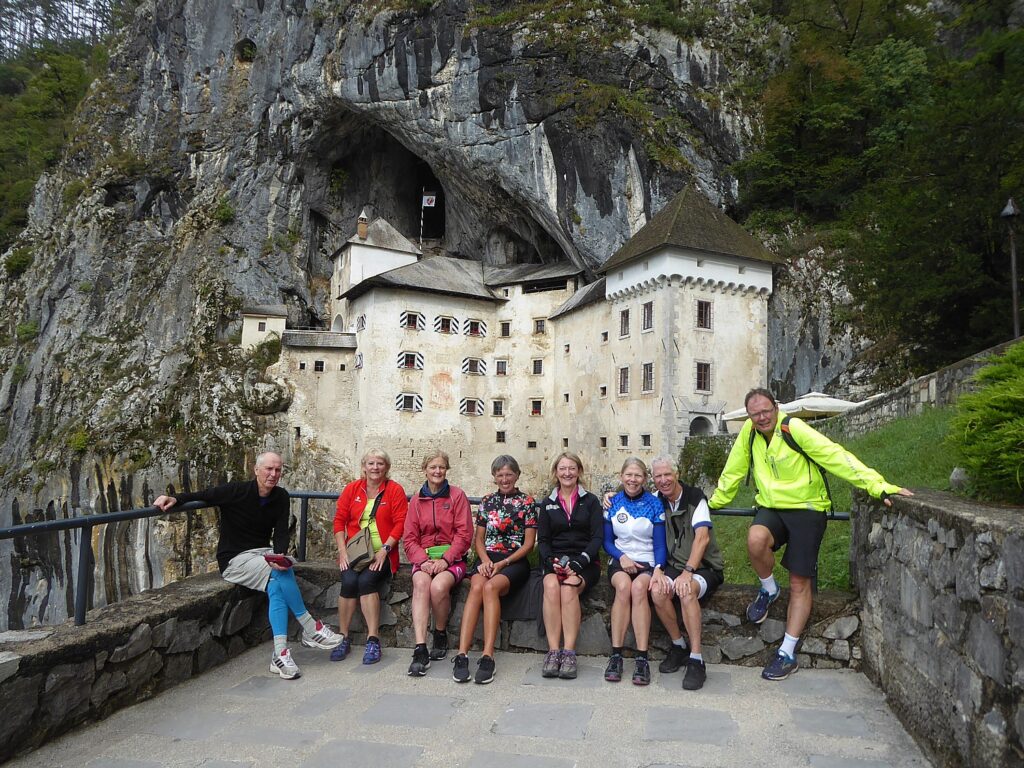
BikeTours.com, specializing in European biking adventures (guided, self-guided and bike/boat tours), has listed its top destinations for 2022: The Greek Islands (which I did); Czech Republic; Croatia; Transylvania, Romania; Salzburg, Austria; Umbria, Italy; Scotland; Dolomites, Italy; Southern France and Albania (which I did). I’ve also taken their self-guided Venice-Croatia trip and their guided Slovenia biketour and for our first self-guided bike tour, the Danube Bike Trail (ideal for families and first-timers).
“If you’re itching to get back in the saddle with a European bike tour but want to explore destinations heavy on beauty and light on people for most or all of your tour,” Jim Johnson, president of BikeTours.com, suggests Bulgaria, Slovenia (which I did – biggest surprises were visits to Predjama Castle and Postojna Cave), Apulia (Puglia), Transylvania, and Connemara (Ireland).
But this year, recognizing that some may still be more comfortable traveling closer to home, is offering new tours from its sister company, Bike the South. One of them is “Tennessee Hills and Stills,” focusing on the state’s whiskey producing tradition.
Check the really user-friendly site: Biketours.com, i[email protected], 877-462-2423, 423-756-8907.
Butterfield & Robinson, long known as a luxury tour company, has introduced a series of departures geared to families with young adults (late teens and up), who will relish this opportunity to share an experience before their YA flies the coop. Among the itineraries: Switzerland E-Bike, Alsace E-Bike, Tuscany biking, Berlin to Prague Active, Mallorca E-Biking, Prague to Vienna; Alentejo, Portugal; Catalonia; the Camino do Santiago Biking,
Perhaps most intriguing: Cambodia & Vietnam: in Cambodia, see the spectacular ancient Khmer temples at Angkor, comprising one of the most jaw-dropping temple complexes in the world; then head to Vietnam and experience the buzz of Ho Chi Minh City and the serene landscapes of Can Tho; delve deep with three nights in Hoi An and wrap up in the Imperial City of Hue.
(Butterfield & Robinson, [email protected], 866-551-9090, butterfield.com)
More biking tours are incorporating camping options. TrekTravel is going a step further, with a new partnership with AutoCamp (autocamp.com) to provide (get this) Airstream suites (those famous RVs) for two brand new itineraries; Palm Springs & Joshua Tree, and California Wine Country.
Among TrekTravel’s most popular itineraries this year: Prague to Vienna, New Mexico (cycle on the historic streets of Santa Fe, within the expansive pine forests, and beneath high desert mesas and Badland formations).
The itinerary I’ve been eying: Portugal, featuring the Alentejo wine region, a majestic countryside of wheat, olive trees, vineyards, and the seat of the world’s cork production where you see the cork tree groves and Roman temples in towns like Evora, a UNESCO World Heritage Site.
TrekTravel is also continuing to offer private trips for 10 or more guests (Top 5 destinations: California Wine Country, Ashville to Brevard, Puglia, San Juan Islands, and Tuscany).
(TrekTravel, 866-719-2427, Trektravl.com)
Duvine Cycling & Adventure Co. is another high-end active travel company with trips that combine wine and gastronomy in such lavish places as France (Ride Through France’s Most Fabled Terroirs) and Italy. Duvine’s newest itinerary is Bike and Boat in Amalfi: The Amalfi Coast has dazzled travelers for decades, but there’s another side of this destination that’s rarely seen. Our two new tours hold the key to the Cilento Coast, Italy’s best-kept secret. Whether by bike or private yacht, you’ll wend up the Amalfi Coast with views stretching back to Calabria, climb to towns memorialized by Hemingway, and hike Positano’s Path of the Gods to vertiginous vineyards.
(duvine.com, 888-396-5383)
B’spoke Cycling Holidays, based in London, are geared for the harder-core, but for more leisurely cycling, look to their sister brand Cycling for Softies which offers luxury cycling tours in Europe’s famous wine regions.
BSpoke Tours, Unit 3, Walton Lodge Laundry, 374 Coldharbour Lane, London, SW9 8PL, [email protected], bspoketours.com.
I’m headed to Europe for Boat Bike Tours’ eight-day Bruges-Amsterdam tour. A leading European operator of boat-and-bike tours which more or less founded the concept 40 years ago, the company offers 70 itineraries in Netherlands, Belgium, Croatia, Czech Republic, Danube Countries, Austria and Serbia. Germany, Greece, Hungary, France, Italy, and Slovakia incorporating their fleet of 50 ships, from barges and sailing ships to motor yachts. (More when I return.) You can live chat on their website, boatbiketours.com, +31 20 72 35 400
Celebrate Trails Day

Hosted on the fourth Saturday of April, Celebrate Trails Day (formerly Opening Day for Trails) is an annual spring celebration of America’s trails. Started by Rails-to-Trails Conservancy in 2013, the celebration encourages people across the country to get outside and enjoy the nation’s exceptional trails and trail systems. There are featured events throughout the country, and if you let RTC know you will #CelebrateTrails, you can win prizes (railstotrails.org/celebratetrails).
“Trails make getting outdoors and around by foot, bike and wheelchair more accessible for everyone. These essential outdoor spaces give us the space to swap car trips for bike trips, reducing emissions and helping the environment; bring powerful economic opportunity to communities big, small and in between; and deliver health and happiness for so many people. This year, in a time when trails are more in demand than ever, we hope you’ll join us in celebrating these special places. Let’s get out and make more trail moments!” the organization states.
Rails to Trails advocates for creation of multi-purpose trails using strong arguments of health and quality-of-life for locals, economic opportunities for communities along the route, and climate benefits of non-carbon-emitting transportation. Since 1992, RTC has advocated for more than $15.6 billion in funds to support more than 54,000 trail and active transportation projects. The Trails Transform America campaign has this message for Congress: Trail networks are as fundamental to America’s transportation systems as roads and rail lines and deserve robust federal investment. Explore trail network projects that are bringing transformative benefits to communities nationwide.
The most ambitious of projects is The Great American Rail-Trail which, once completed, would enable riders to cross the entire nation on linked rail trails. Stretching more than 3,700 miles between Washington DC and Washington State, through 12 states, the trail will directly serve nearly 50 million people within 50 miles of the route.
The RTC site is also a great place to find trails near and far and download the TrailLink app, https://www.traillink.com/mobile-apps/
Rails-to-Trails Conservancy, 2121 Ward Court, NW, 5th Floor, Washington, DC 20037, 866-202-9788, www.railstotrails.org
____________________
© 2022 Travel Features Syndicate, a division of Workstyles, Inc. All rights reserved. Visit goingplacesfarandnear.com, www.huffingtonpost.com/author/karen-rubin, and travelwritersmagazine.com/TravelFeaturesSyndicate/. Blogging at goingplacesnearandfar.wordpress.com and moralcompasstravel.info. Send comments or questions to [email protected]. Tweet @TravelFeatures. ‘Like’ us at facebook.com/NewsPhotoFeatures
